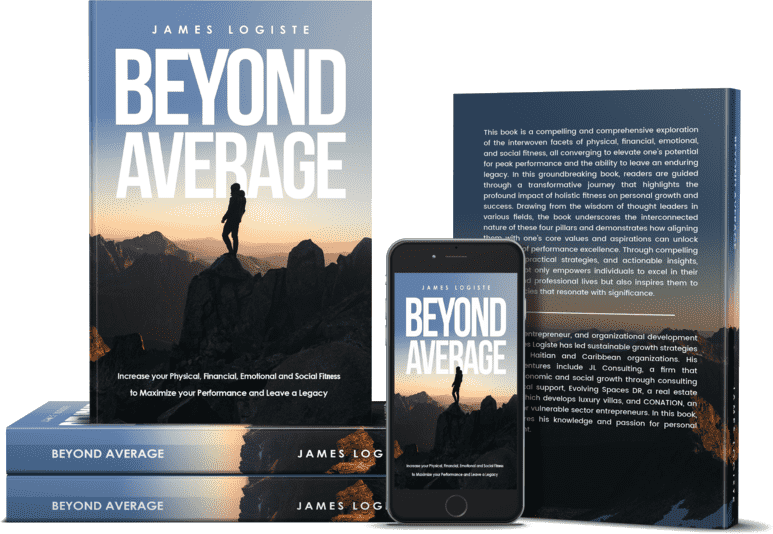Introduction
Decision making is a complex process, significantly influenced by emotions. Emotional Intelligence (EI) plays a crucial role in balancing emotional impulses with rational thought, leading to more effective and balanced decisions. This article explores the interplay between emotions and decision-making, offering insights into how EI can enhance this process.
The Impact of Emotions on Decision Making
Emotions can both positively and negatively influence decision-making. Positive emotions can lead to more creative and expansive thinking, while negative emotions might result in risk-averse or hasty decisions. Emotional intelligence involves recognizing these emotional influences and balancing them with rational analysis.
Recognizing Emotional Biases
- Confirmation Bias: The tendency to seek, interpret, and remember information that confirms pre-existing beliefs, often driven by emotional comfort.
- Anchoring Bias: Being overly influenced by the first piece of information (anchor) encountered, often based on emotional impact.
- Overconfidence Bias: Overestimating our abilities, knowledge, or control over situations, typically fueled by positive emotions.
Balancing Emotion and Rationality in Decision Making
- Self-Awareness: Being aware of your emotional state and how it might be coloring your judgment.
- Emotional Regulation: Managing your emotions, not allowing them to overpower rational thought.
- Empathy: Considering how decisions impact others, leading to more ethically sound and socially responsible choices.
Exercises for Emotionally Informed Decision Making
- Emotional Journaling: Before making a decision, write down your feelings and thoughts. This can help in identifying your emotional state and its influence on your decision-making process.
- The Pause Technique: When faced with a decision, take a moment to pause and reflect, allowing yourself to assess both your emotional response and the logical aspects of the decision.
- Pros and Cons List with an Emotional Twist: Make a list of pros and cons, then next to each point, note any emotional bias that might be influencing it.
Real-Life Examples
- Professional Scenario: Choosing a job offer based solely on salary (emotional appeal of financial security) versus considering long-term career growth and personal satisfaction (rational analysis).
- Personal Life Decision: Deciding whether to move to a new city. An emotional bias might be comfort and familiarity with the current place, whereas rational thought would consider career opportunities and quality of life in the new location.
Conclusion
Balancing heart and mind through emotional intelligence leads to more holistic and effective decision-making. By recognizing emotional biases, regulating emotional responses, and empathizing with the impact of decisions on others, individuals can make decisions that are both emotionally satisfying and rationally sound. Developing these skills requires practice and mindfulness but can significantly enhance both personal and professional life choices.
